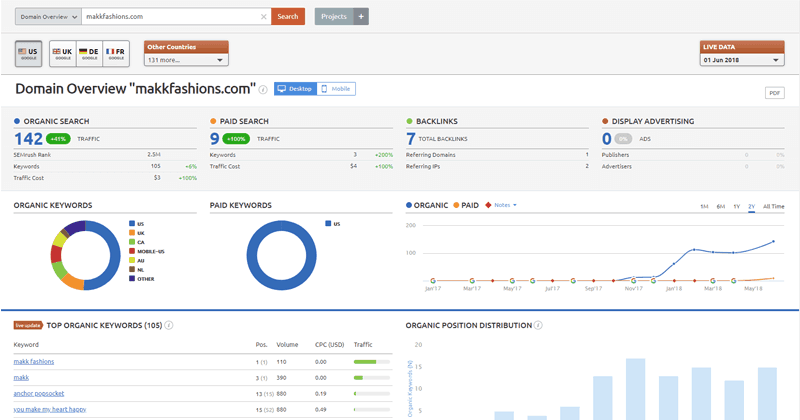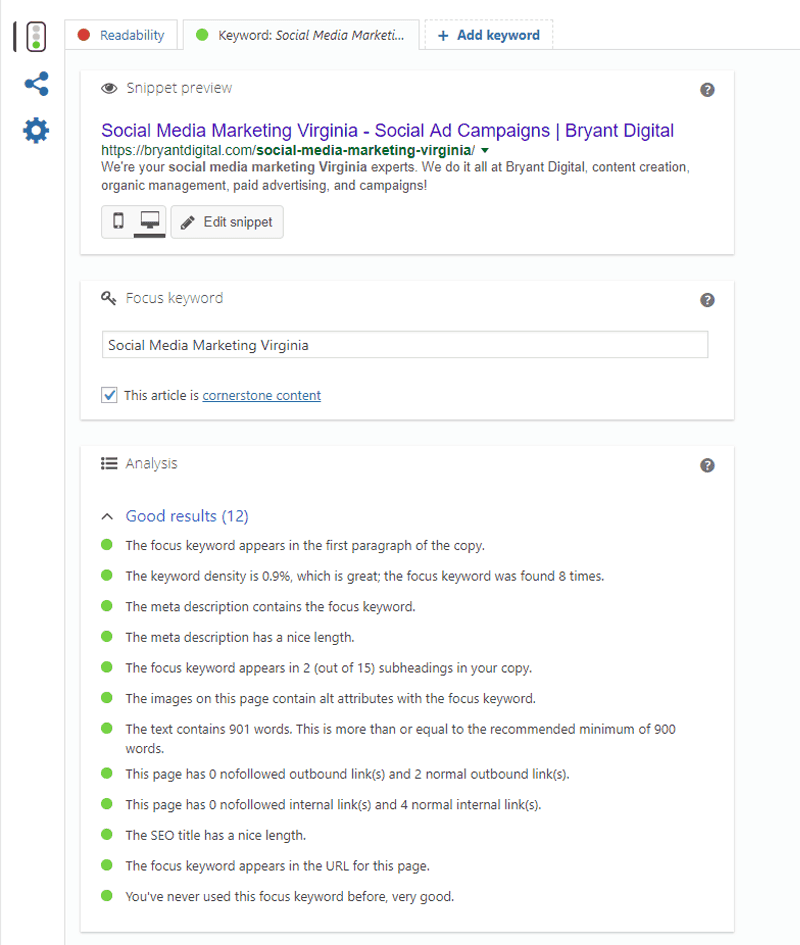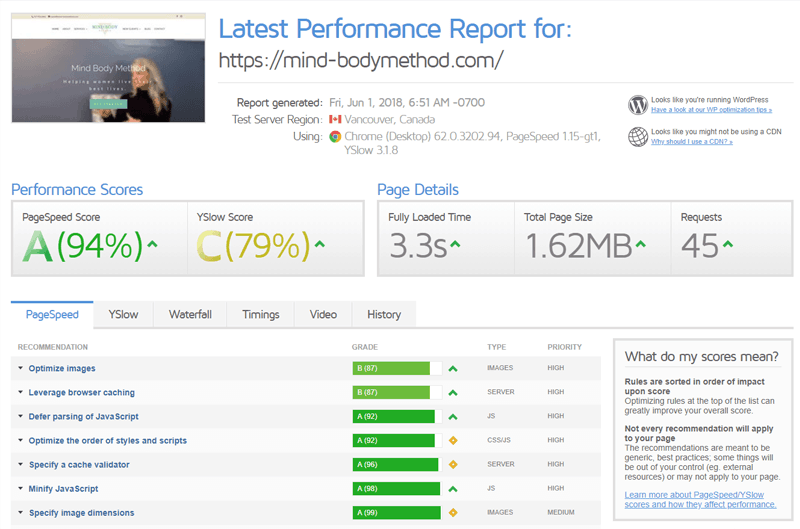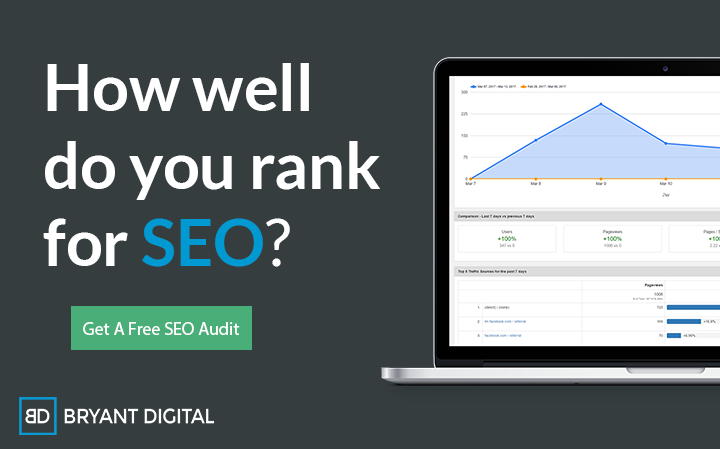Organic traffic from Google search is the easiest way to get a constant flow of quality traffic to your ecommerce website. Best of all, it doesn’t require as much management and upkeep as paid traffic sources like AdWords and Facebook. Its also much cheaper to maintain.
With all that said, I understand why many ecommerce sites don’t pay much attention to their search engine optimization. It can seem overwhelming, and leave you frustrated wondering where to start. Competing against the large corporations and mega sites in your ecommerce space might seem hopeless at first glance, however proper optimization can give you a fighting change.
The bottom line is if your site if not optimized, you’re guaranteed to lose those sales.
This post will teach you how to completely optimize your ecommerce site for search engine rankings.
Ecommerce SEO Ranking Structure
Before digging deep into the specifics of ecommerce SEO for you website I want to outline the basics of a real search engine optimization strategy.
When trying to make your website rank in google, many people only focus on the homepage. While your homepage is very important, it’s just as important to focus on ranking your individual product pages. Your home page should be focused on ranking for your brand name, and general keywords such as (“women’s boutique” or “online clothing store”). Your product pages should be focused on specific keywords related to that item such as (“red and yellow dress” or “purple slip on shoes”).
Avoid targeting the same keywords on many different pages of your website, this is called keyword cannibalization. In essence, this means pages on your website are competing against themselves for a search engine ranking. This bad practice also confuses the heck out of the robots that search engines use to scan and understand your website.
Your blog is your best tool for targeting long-tail keywords like “how to pick the perfect watch for your outfit” and connect with users in a different stage of the buying cycle. Blog posts are also prime real estate for placing internal links to related products in your ecommerce website.
In order to really compete in search, you will need to do more then just place targeted keywords throughout your site. However, this is an important first step. Now that you understand the basics of a keyword structure lets jump into the next step of ecommerce SEO, finding the right keywords.
Finding the Right Keywords & Implementing Them
Many factors determine the right keywords to optimize your ecommerce website for. Let’s dig deep into each stage of proper keyword research and implementation.
Understand Your Audience
Understanding the users that interact with your online store is one of the most crucial aspects of keyword research. What are they searching for, and how are they searching for it? Dialect and language are very important. Is your audience searching for “swim trunks”, “board shorts”, or something else entirely? Understanding and identifying the language your customers are using will make all the difference when trying to convert them.
Popular SEO tools like SEMrush can help you pin down the exact keywords users are finding you for. Simply enter in a keyword our URL and they will generate a list of all the related keywords.
Great SEO tools, in combination with truly thinking like one of your users, will help you select the highest value keywords possible.

Preform Keyword Research for Every Product Page
It may be time consuming, but spending time finding the best keywords for every single product page on your ecommerce store will make a huge difference in your ranking success.
Take time to do some competition research too. Utilize ecommerce SEO tools like SpyFu to find out what the top sites in your space are ranking their product pages for. These words are likely the most valuable keywords, try and target those.
Optimize Your Pages for Selected Keywords
Now that you have chosen the proper keywords, it’s time to optimize your website and pages in-line with your keyword strategy. Optimizing each page sub-page for its own keywords gives you the best possible chance to rank.
Here are the best ways to optimize your individual pages:
- Use SEO plugins to target your keywords on each page and place them in your title/meta tags. The CMS your ecommerce shop is built on will determine the best way to do this, but almost every platform has made this very simple. For example, Yoast is an amazing option if you are using a Woo-Commerce and WordPress based store. Out-of-the-box solutions like Shopify offer built in SEO options that allow you to easily edit these tags.

- On-Page Keyword Density. It’s very important to include your target keyword in the headings and product description of each of your pages. Get specific, instead of just “red dress” use high-value long-tail variations such as “affordable high-quality red dress”. Keyword usage is important, but don’t be spammy. Your content should be easy to read and understand.
- Optimize your images. Almost any CMS system allows you to easily edit the alt-tags of your sites images. Alt-tags are invisible bits of code that tell search engines what the images are about. Theses are amazing places to use your keywords. Every image on your ecommerce site should have a custom alt-tag that is related to your pages keyword strategy.
Analyze Your Websites Technical SEO Errors.
Once your keyword strategy is outlined and implemented it’s time to look at your websites technical & user experience problems.
Loading Speed
Todays online users are extremely picky. If your site doesn’t load in 3 seconds or less 50% or more of website visitors will hit the back button and go to your competitor’s store instead of yours. Having a high bounce rate also tells Google users do not like your website, this could leave you with a ranking penalty.

Be sure to take advantage of free content delivery networks like Cloudflare, and use browser caching plugins like w3 Total Cache. Implementing these quick fixes can shave seconds off your sites load speed and save you tons of precious web traffic.
Mobile Friendly Design
Google has officially announced the mobile version of your website is now the only version crawled by google SEO robots. In 2018 your ecommerce store must be mobile responsive and optimized for smartphone users. This is no longer an option, it’s your only option. The mobile friendly test is an easy way to see if your pass or fail.
Click-Through Rate
CTR or click-through rate is an average of how many times a link to your website is clicked, vs how many times this link was seen in google search. Google uses this user experience signal to determine how relevant your website is in relation to a specific keyword. Editing your title tags and meta description to have call to actions can help boost this important ranking metric.
Broken links & 404’s
Having broken links in your website is the easiest way to get slapped with a ranking penalty. A quick site scan with SEMrush will identify every broken link in your site. Simply remove the link or use a SEO safe 301 re-direct to easily fix this issue.
Build Links
The single most important factor for ranking a website or ecommerce SEO in general is the amount of links from other websites pointing to your website. Even if you have perfectly optimized your website by following every step listed above, having few backlinks will prevent you from dominating the SERPS.
Build as many links to your website as possible. Guest posting on other websites blogs and creating super valuable content worth shading is the best way to build high-quality links. Linking to valuable pieces of information within your content will also help build the value of your web copy and increase your page rank.
Building internal links within your website is also a great strategy. This will increase the time users spend on your site by keeping them jumping deeper and deeper into your content. Use SEMrush to monitor and track your link building progress.

Build More Online Reviews
Building great customer reviews are a search engine optimization factor that is consistently increasing. Not only does google like reviews, customers love to see them too. Generating good reviews on a consistent basis will increase your search visibility, and help you sell more products.
Tools such as Birdeye can completely automate this process for you. Integrating software with your ecommerce store will send customers and email with links they can use to leave you a review as soon as they purchase a product.
This can also be done manually. Use grade.us to create a review link that is unique to your Google business profile. Send this via email to customers you know will leave you a great online review.
Conclusion
Ecommerce SEO can be difficult simply because of the sheer volume of product pages you have to keep up with.
Don’t be overwhelmed, break this process down into steps and complete each one. Start with keyword research, optimize each page for the best keyword possible. One by one check off each of the SEO basics covered in this blog post. Once the basics are covered you can being working on Off-Page ranking factors such as review and backlinks.
Don’t forget SEO is fluid and changing every day. It’s important to monitor your ranking results over time and adjust your strategy as needed. Reach out to a local Virginia Beach SEO company if you need help achieving the results you desire.

